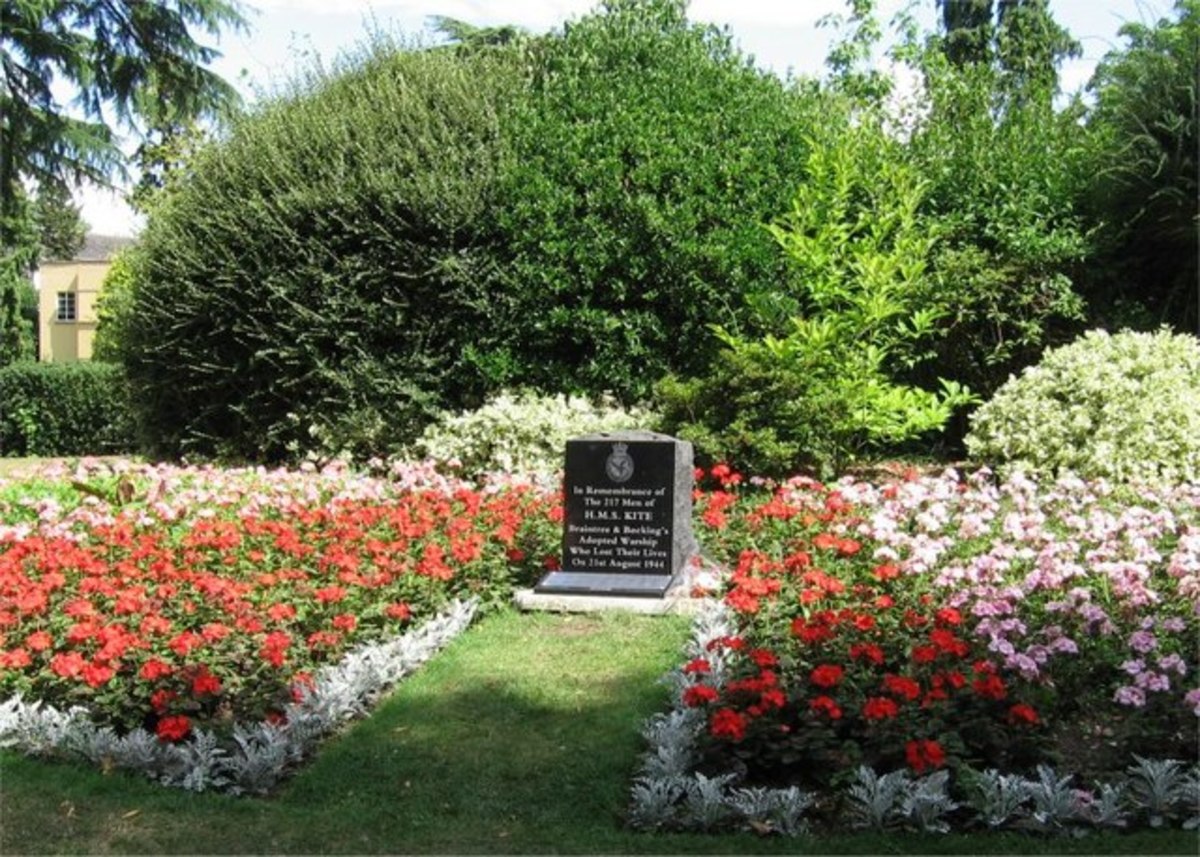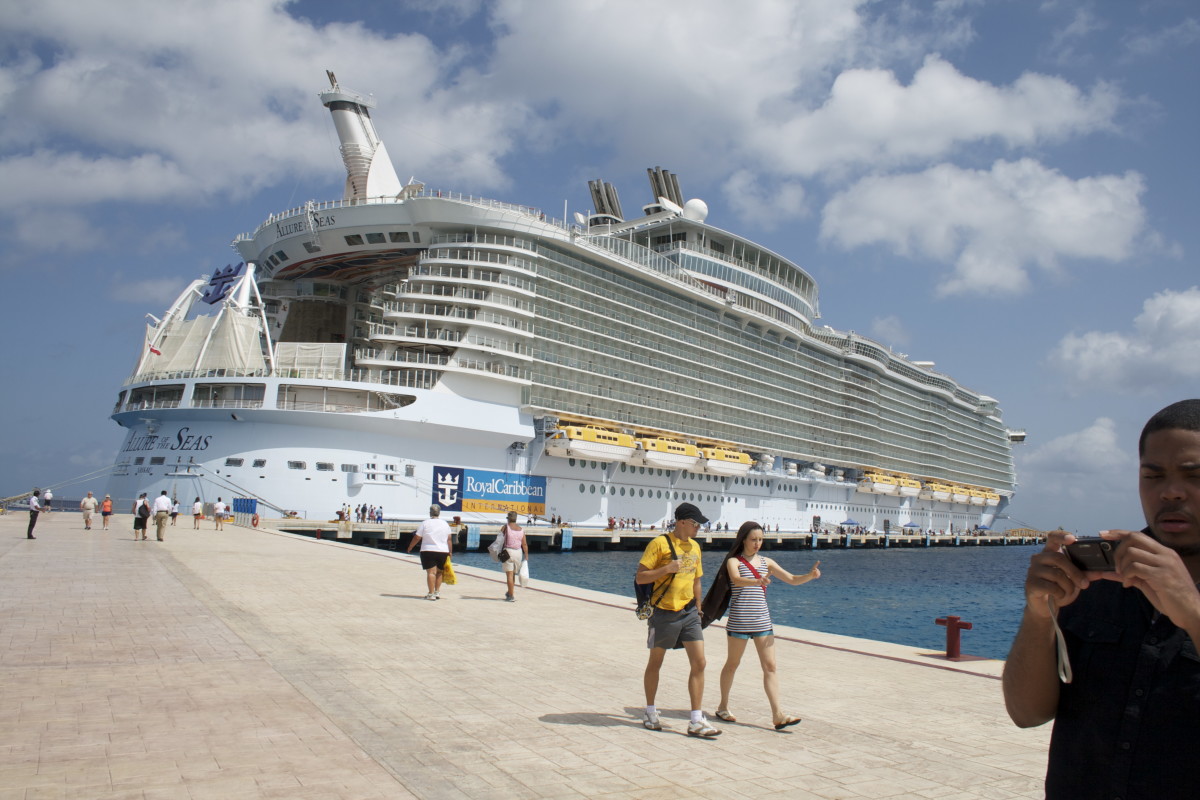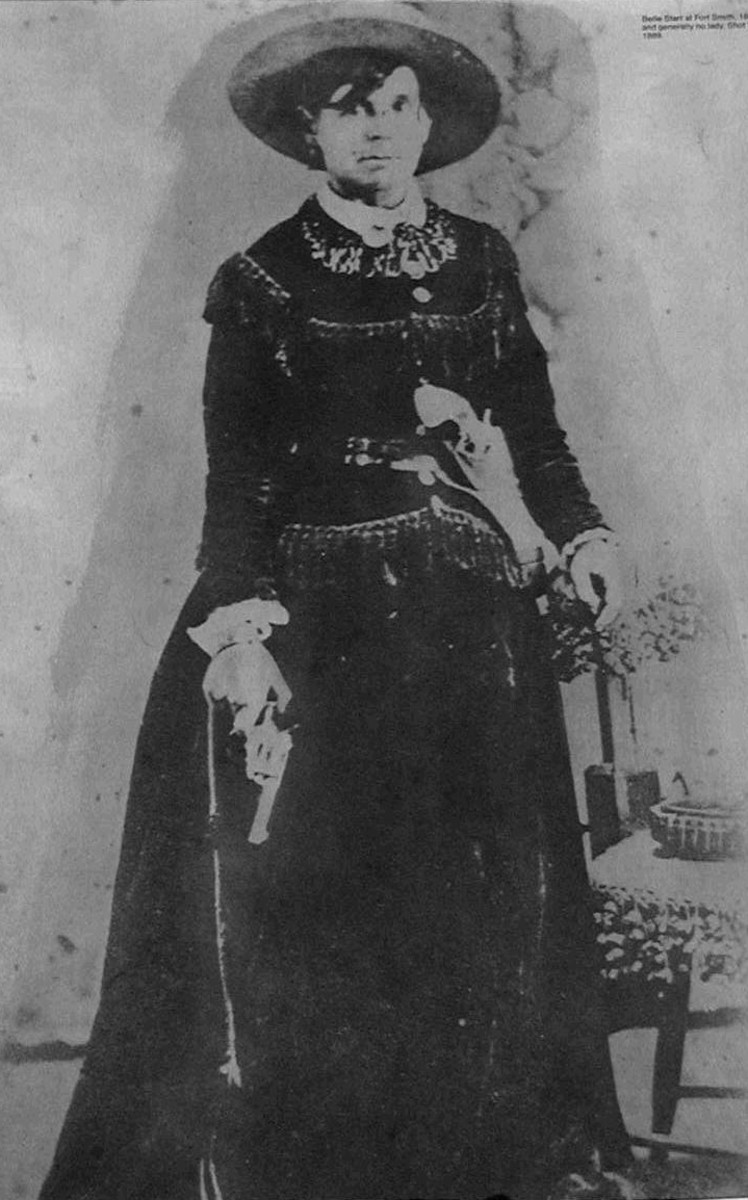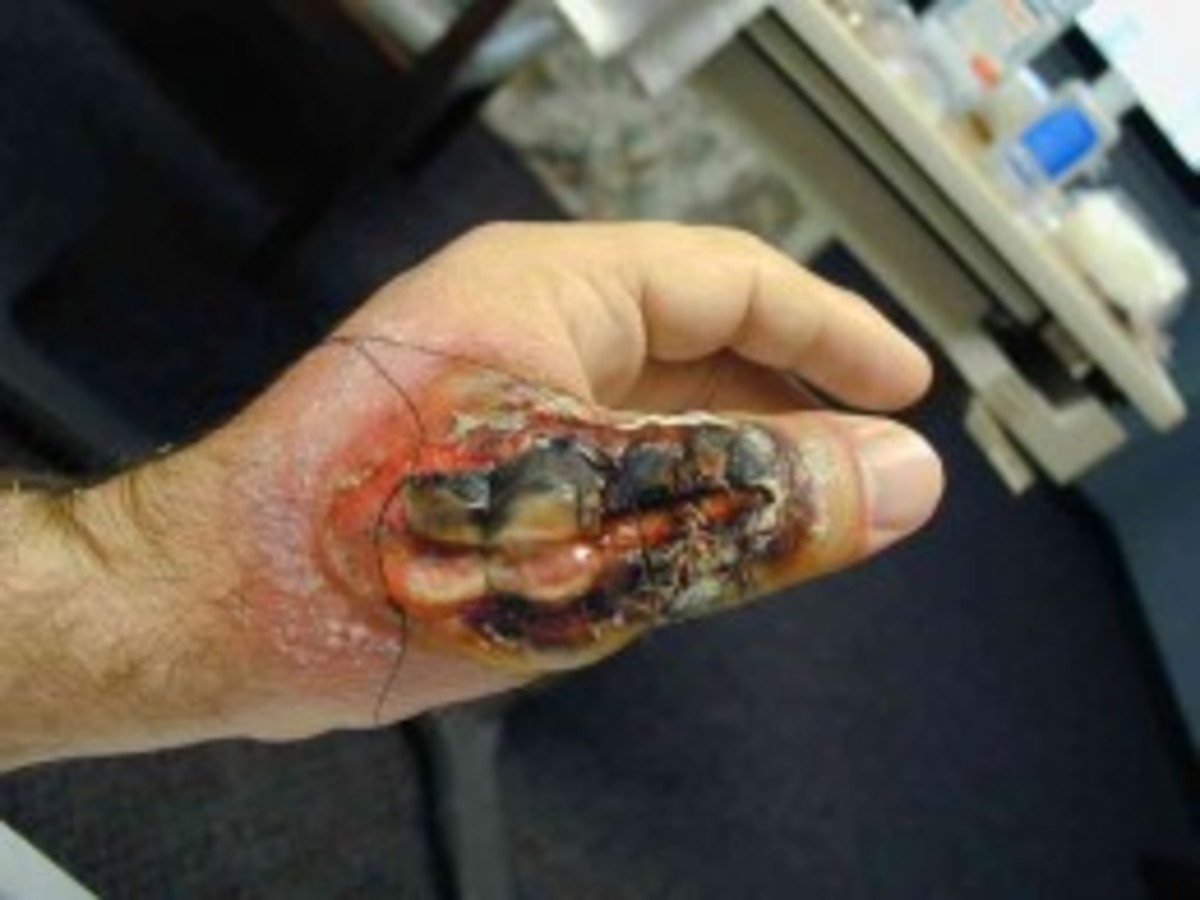My Survey Ship HMAS Barcoo
River class frigate, Barcoo, as she looked around the time I sailed on her.
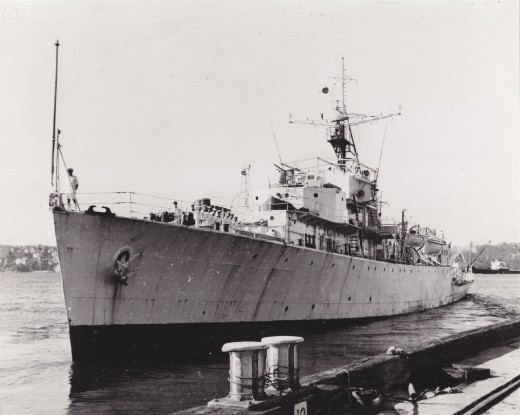
I was "on draft" with a mere three hours allotted to change ships.
Welcome to My Survey Ship HMAS Barcoo.
On the 17th October 1955 the master-at-arms on the aircraft carrier, HMAS Sydney, the Royal Australian Navy’s flagship, summoned me via the ship’s loud-hailer system to his office. I thought I was in trouble. The master-at-arms was a figure to be feared. As it was, I found I’d done nothing wrong other than to appear on a ‘Transfer of Personnel list.’ It was time to move. I was to be drafted to another ship, HMAS Barcoo, a 300 foot long River Class Frigate that at that very moment lay alongside Cruiser Wharf at Garden Island dockyard not more than a few hundred yards away. The only problem was the Barcoo was due to sail in three hours time. My departure from my old to my new home would have to be done very quickly. No time for goodbyes. In those days sailors travelled light. My worldly possessions were contained in a big kitbag and rolled-up hammock. I was aboard well before she left harbour.
The Sloop HMAS Warrego carried the senior captain of the Survey Fleet.
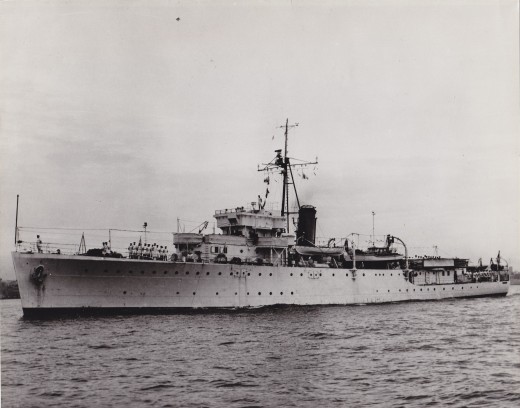
The Barcoo sailed and thus began another chapter of my life.
The Barcoo sailed and thus began a new chapter in my life. Although this old World War Two frigate had seen fighting in Papua-New Guinea her lot had changed. Gone, the ship-side grey of most warships. Barcoo was painted white. Gone the ballyhoo, bugle calls and bosun’s pipe’s of an admiral’s Flagship; aboard Barcoo there was little by way of formality. Why? Because though strictly Navy, she was a ‘working ship.’ She earned her keep by plumbing the deep with her echo-sounder, measuring tides on remote islands, working out salinities and water temperatures. She was a proud member of the RAN’s Hydrographic Fleet and those who served aboard her knew her worth. She actually added value t the world rather than taking from it. The ocean’s mariners relied on those charts.
HMAS Brolga, a small wooden ship was part of the Survey Fleet.
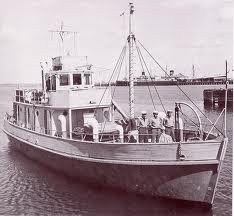
Unlike many navy ships, Barcoo spent a lot of time at sea.
Unlike many RAN ships which spent much of their time alongside various wharfs and jetties, Barcoo did a lot of sea time. Three weeks out, two days in; three weeks out, two days in was her routine in those days. And in the two days in harbour it were two watches, Port and Starboard, not the more common three of most warhips. So the sailors only got one full day off with overnight leave every three weeks. Naturally, such freedom tended to be too much for some, and it would be fair to say that a lot of debauchery and drunkenness prevailed whilst ashore. Nevertheless, for the most part the ship’s company’s morale was good. The sailors made their own entertainment.
As was HMAS Wareen. They used the smaller vessles for close inshore work mainly.
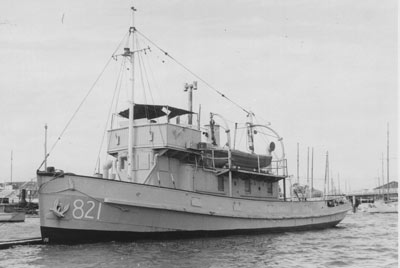
In the time I was aboard we discovered an enormous undersea mountain range.
During the time I was aboard Barcoo we, along with the especially equipped boats we carried, surveyed a huge area of ocean. As far north as the Queensland Border, as far south as Gabo Island. Our Eastern most journeying took us within sight of Lord Howe Island. We discovered a huge undersea mountain range with peaks higher than the Himalayas running roughly north-south on which Lord Howe was probably the top of such a peak. Our skipper even got to talk about it on ABC Radio. Also, we surveyed the whole Coffs Harbour region. We surveyed both the outside waters and the inside waters of Port Stephens. Three of our one hundred strength crew were put ashore on Broughton Island to measure the tides. They spent some weeks there before being picked up by one of our motor boats.
We plumbed the depths with our echo sounder, covering 162,000 square miles of ocean.
According a book I purchased some years ago, HMAS Barcoo – The Story of a Ship and Her Ship’s Company, Barcoo surveyed a huge rectangular area of some 162,000 square miles over seas with an average depth of 2,500 fathoms. The old asdic depth-sounder got a real good workout, going night and day during this time.
Barcoo in 1945. Camouflage paint. She saw action against the Japanese in Northern New Guinea.
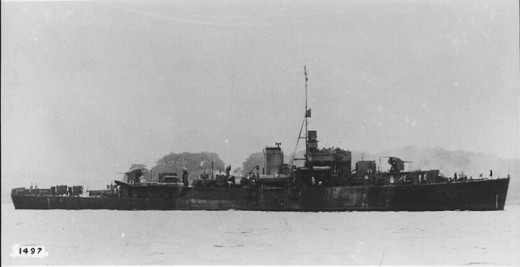
Not much shore leave on Barcoo. No wonder the boys went beserk when allowed ashore.
Aboard Barcoo we carried CSIRO scientists as well as our ‘survey rate’ seamen. An especial chart room had been added where the after 4 inch gun had once been mounted. Most of our armament had been taken off, though we still sported a 4 inch and a 40mm Bofor up forward in those days. The bridge was open to the weather. I can recall as if it were yesterday the pinging on the asdic as we came in hard up on the North Head of Port Stephens. We came in to anchor a few hundred yards off Nelsons Bay just prior to night fall every night for weeks. We used to get ‘boy scouts leave’ which meant no over-nighting; had to be back at midnight at latest. And getting the ‘last boat’ meant exactly that, as we were anchored out. More than one sailor risked the sharks by swimming back.
I recall, too, the practical joke one of the crew played on the CSIRO scientists by placing (by ‘slight of hand) a bed bug into one of the deep-sea water tubes. For just a while the bofins thought they’d discovered a new species of marine creature.
Here she is in the days of her final commission.
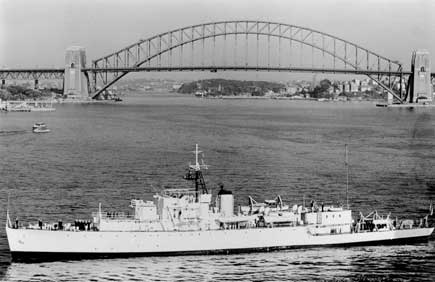
It was a hammock-bed navy until the late 1950s.
Our captain at that time Lt Cdr Osborne, a man of few words. We carried, as I recall, six officers, including a fellow on loan from the Royal Pakisani Navy. Our own ship’s company was around 70 but we were also carrying a number of National Servicemen bringing the complement up to around 100. Not a lot of room on a ship just 300 feet long and 37 feet wide. But in World War Two she’d carried around 150 so we couldn’t really complain. Apart from the officers and a few senior ratings such as petty officers and chiefs, we all slept in hammocks. And let me tell you this: nothing is more comfortable to sleep in than a hammock in a rough sea.
Here she is in her jaunty hey days.
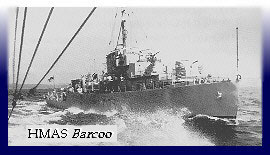
A hard year of sailoring - but I wouldn't have missed it for the world.
Yes, she was a hard year of sailoring for me. More sea time than any other ship I was to sail on. The Barcoo served the people of Australia during her three different commissions for over twenty years before finally going the way of so many…to the scrap yards of Japan. A fine ship, and one which will stay in my memory for life.
Makes you want to join the Navy doesn't it?
More on the writer
- Tom Ware - YouTube
Tom Ware is a Master Storyteller. Known as 'The Prince of Storytellers, Tom has been entertaining audiences with stories for thirty years. Tom joined his fir... - Tom Ware Public Speaking The Prince of Storytellers
Tom Ware Public Speaking! Tips, events and videos to help you become a gifted speaker. Visit now!

